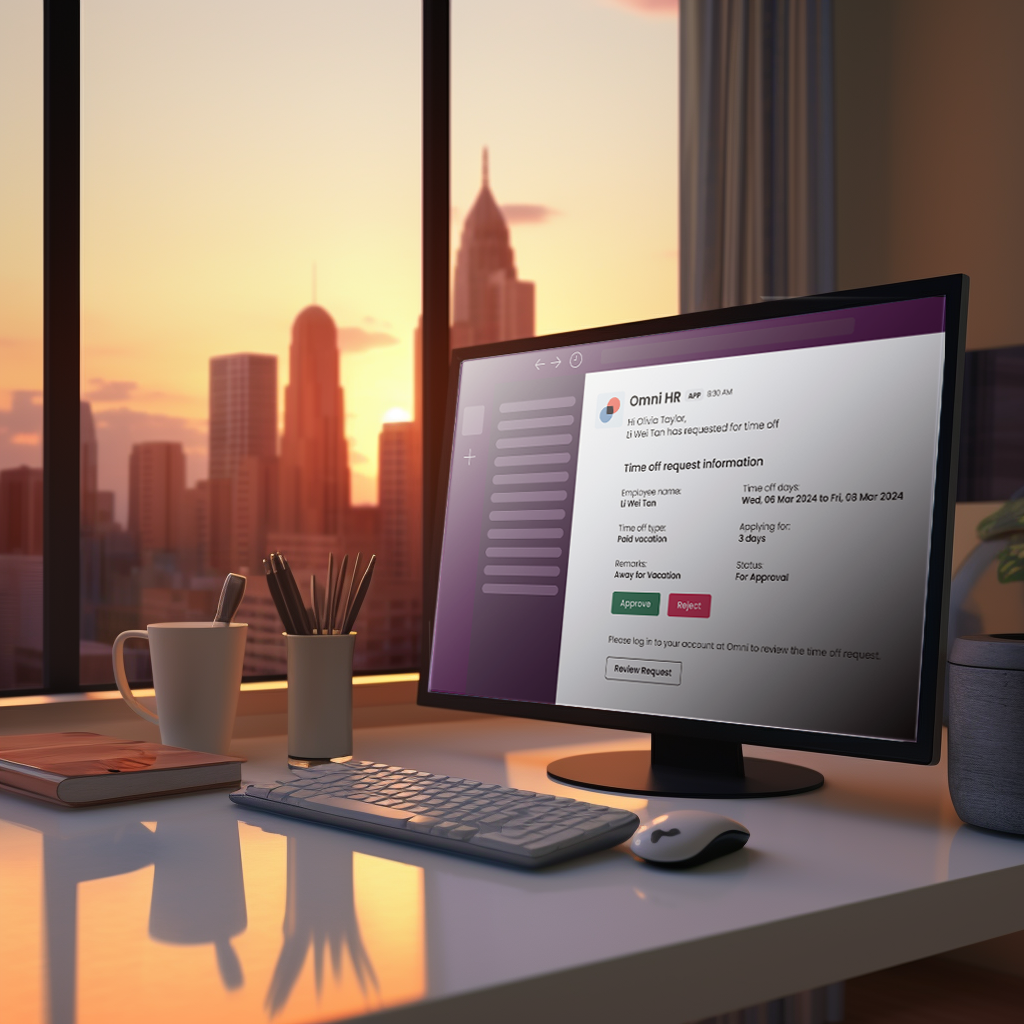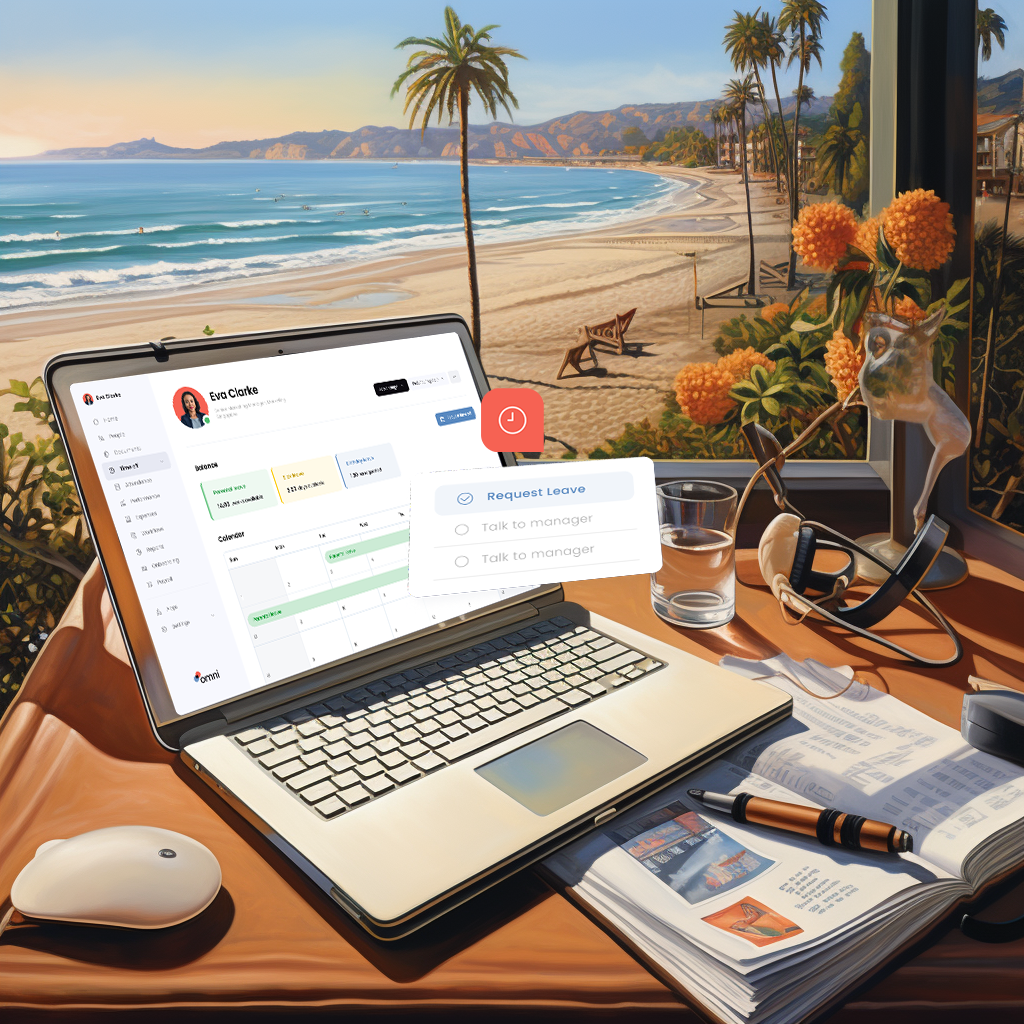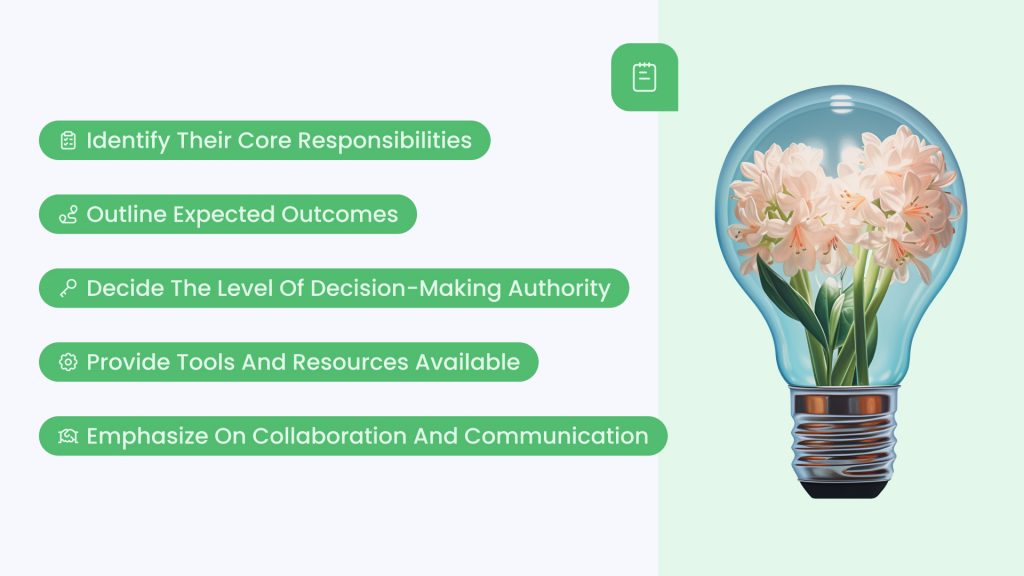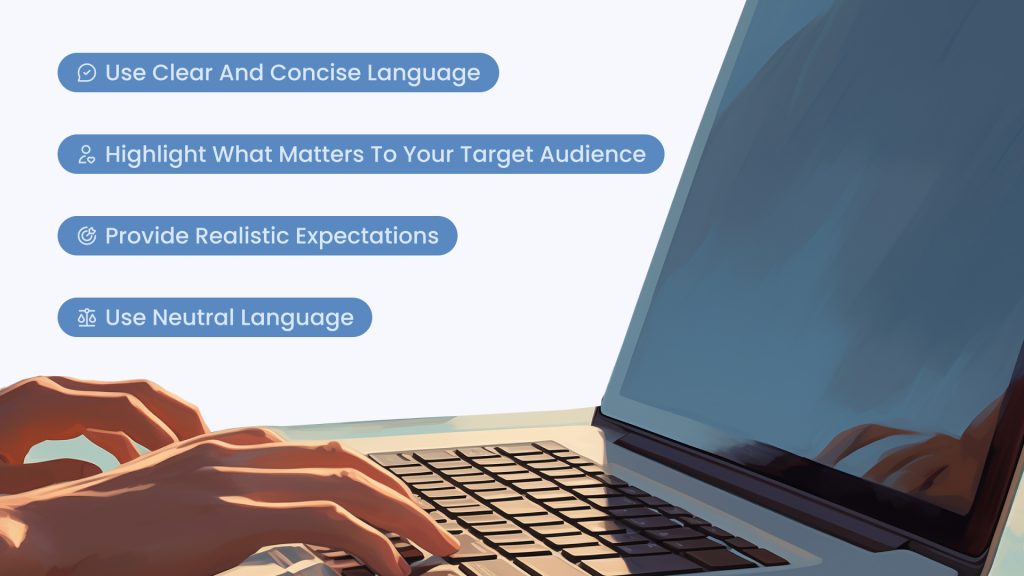The Thai government announced their plans to increase the daily Thailand minimum wage to 400 baht. Thailand’s minimum wage was last increased in October 2022 and it was brought up to 328 – 354 baht in different areas.
This increase has brought about the need for employers to be informed on changes in minimum wage Thailand, restrictions around them, and the wage tiers their companies fall into.
In this guide, we’ll break down all you need to know as an employer about Thailand’s minimum wage.
What is the average salary in Thailand?
First, let’s talk about the average salary in Thailand.
The CEIC data reports updates monthly and it shows that the average salary in Thailand is around 14,793 baht per month as of March 2024. This payment includes a minimum of 13 paid public holidays and up to 30 days of sick leave.
Although when compared to other Southeast Asian countries, Thailand’s average salary is higher than Vietnam and Cambodia, but lower than Malaysia and Singapore. There is also a significant gap in income distribution as there are families earning less than 2,802 baht per month, which is below the poverty line.
The average salary in Thailand also varies across different states and industries within the country. Bangkok offers the highest average monthly income at around 19,000 baht and in other areas, the average salary ranges from 13,000 to 15,000 baht depending on the cost of living.
Who sets the Thailand minimum wage?
The Ministry of Labour has a committee in charge of Thailand’s minimum wage, those on this committee include representatives from the government, employers, and workers.
National wage committee
The national wage committee was set up to ensure pay equity and a fair living standard for employees while considering employers’ economic realities.
Its main duty is to assess the cost of living in Thailand, get feedback from employers, workers, and company stakeholders, use the information to propose new minimum wage rates, and then submit their proposals to the cabinet for approval.
Cabinet approval
The cabinet’s duties are to review the proposal submitted by the National Wage Committee and based on the justification that the minimum wage rates are fair and reasonable, they approve or reject the proposed rates. It’s also their responsibility to announce the new Thailand minimum wage rates.
What are the wage tiers for Thailand minimum wage?

There are 4 wage tiers in Thailand’s minimum wage system and the structure is categorized based on the development level and economic state of the regions.
This system is in place to ensure employees and workers are paid the right compensation that benefits their environment. Here’s a brief explanation of the four tiers:
Zone 1
Bangkok and its surrounding regions, such as Pathum Thani, Nonthaburi, Nakhon Pathom, Samut Prakan, and Samut Sakhon, are included in Zone 1. Thailand has the highest level of economic development and the highest cost of living because of their strong concentration of commercial and industrial businesses in these locations.
The Thailand minimum wage in this zone is at the highest to accommodate the expenses of the skilled workers.
Zone 2
The minimum wage Thailand for Zone 2 is slightly lower than for Zone 1. The regions in this tier are also known to house industrial and tourism companies which are also economically significant but they are not as widespread as in Zone 1. Provinces in this area include Phuket, Rayong, and Chonburi.
Zone 3
Zone 3 covers provinces in Thailand that are less economically developed compared to Zones 1 and 2 although these areas are still important in terms of regional commerce and agriculture. Thailand’s minimum wage in these places is at a moderate level, some of the regions in this zone are Khon Kaen and Chiang Mai.
Zone 4
Most of the regions present in Zone 4 are the rural and economically underdeveloped provinces, in the Northern parts of Thailand. The economic activity is primarily agriculture and living expenses are lower in this area. The minimum wage Thailand for this tier is the lowest among the four zones, reflecting the lower expenses associated with living in these regions.
What are the exclusions and variations on the Thailand minimum wage?
Thailand’s minimum wage rules and regulations were created to protect workers by ensuring fair compensation. However, specific exclusions and variations apply to different worker categories:
International workers
As an employer, international workers are not subjected to the same minimum wage regulations as local workers. Their compensation is usually higher and the wages are negotiated based on country of origin, experience, and demand for their skill set.
In this case, the Thailand minimum wage requirement can be superseded by mutually agreed-upon salaries that acknowledge the individual’s specialized skills and value to the organization involved.
Migrant workers
In Thailand, some migrant workers come from neighboring countries like Cambodia and they also have minimum wage laws that bind them. They are only entitled to the Thailand minimum wage if they are employed for at least one year full-time.
Part-time workers
For workers who work based on hours, their minimum wage is divided based on how long they worked and most times it may not include benefits and protections like health insurance and paid leave.
When hiring part-time workers, employers must calculate wages based on the actual hours worked, taking into account the flexible working schedules while ensuring they meet the minimum wage requirements.
Skilled workers
Thailand minimum wage for skilled workers is significantly above the minimum wage for others. This is because they consider expertise and qualifications.
According to the laws, the daily wage they get is between 465 and 700 baht, depending on the job. Even though the salaries paid by employers are negotiated individually because of the different skill sets and experience every individual has, some industries may also have standard wage scales or agreements for skilled positions.
How to calculate overtime for Thailand minimum wage?

Now that you know the different variations of the minimum wage Thailand, we’ll go into calculating overtime for Thailand minimum wage.
Standard work hours
The standard work hours for most companies are typically 8 hours per day cumulative to 48 hours of work in a week.
Any work done beyond these hours qualifies as overtime and an employee has the right to demand pay from their employer. If a worker works 10 hours on any day, the extra two hours are considered overtime.
Overtime pay rate
When it comes to overtime pay rate, a worker’s regular hourly wage is multiplied by 1.5 times the normal wage.
For example, Amara works 8 hours and earns 400 baht per day.
For an additional hour of work, she will receive 75 baht in overtime compensation.
Holiday and rest day overtime
For employees, working during holidays and rest days counts as overtime and employers are expected to pay them more when they work on these days.
For workers who work on such days, they will be paid twice their daily minimum wage and three times more if they work more than eight hours (which counts as overtime also).
What happens if an employee’s wage is less than Thailand minimum wage?
It is against the law to be paid less than the minimum wage Thailand. The Labour Protection Act of 1998 protects all workers, although people working with the state and government are excluded.
Employers must ensure that all employees receive fair and reasonable wages in accordance with the minimum wage Thailand to avoid violating regulations and potential legal consequences.
Penalties for Paying Below Thailand Minimum Wage
As employers, there are penalties you face if you pay employees or workers below the Thailand minimum wage. Here are some of them:
Financial penalties
There are financial consequences for employers that fail to pay their employees the expected Thailand minimum wage. As minimum wage Thailand is highly regulated by the government, violating the law can be subject to criminal penalties, which may include up to 100,000 baht in fines, six months in jail, or both depending on your cooperation.
Additional costs
- Back wages and interest
Sometimes employers are required to pay back wages and interest to the employees. For example, if an employee was underpaid for several months, the employer would need to pay the difference and interest calculated over that period which is more loss for the company.
- Legal fees
If the employee decides to take legal action, the employer will also incur legal fees and potential legal consequences.
Reputational damage
One of the important things employees consider before signing an offer letter is reputation. If an employer is known to pay below the Thailand minimum wage, it can substantially damage their reputation.
Potential business disruption
The risk of paying below Thailand minimum wage can be deeper than it looks. The time and resources spent rectifying the deed and sorting legal issues can severely impact operations and disrupt company growth.
As management is forced to handle the situation, it can impact overall productivity and employee morale.This is why employers should abide by regulations and ensure that all their employees receive fair minimum wage.
Effortless Thailand Minimum Wage Compliance
Understanding and managing Thailand’s minimum wage requires careful attention to region and salary tier variations. That’s why it’s important to pick the right HR tool and strategy to make the whole process less overwhelming.
Omni’s suite of modules simplifies the task of managing minimum wage Thailand. Through a secure and centralized employee database, HR teams can quickly access accurate employment contracts and necessary documents for calculating minimum wage adjustments.
Omni provides a comprehensive payroll solution tailored to Thailand specific requirements. With features like support for Thai baht and automated tax calculations, Omni enables HR teams to streamline their payroll processing and ensure compliance with varying minimum wage Thailand requirements across the region.
Book a demo with our team to learn how our automation can help you remain compliant and reduce your administrative workload for all of your People management needs.




















